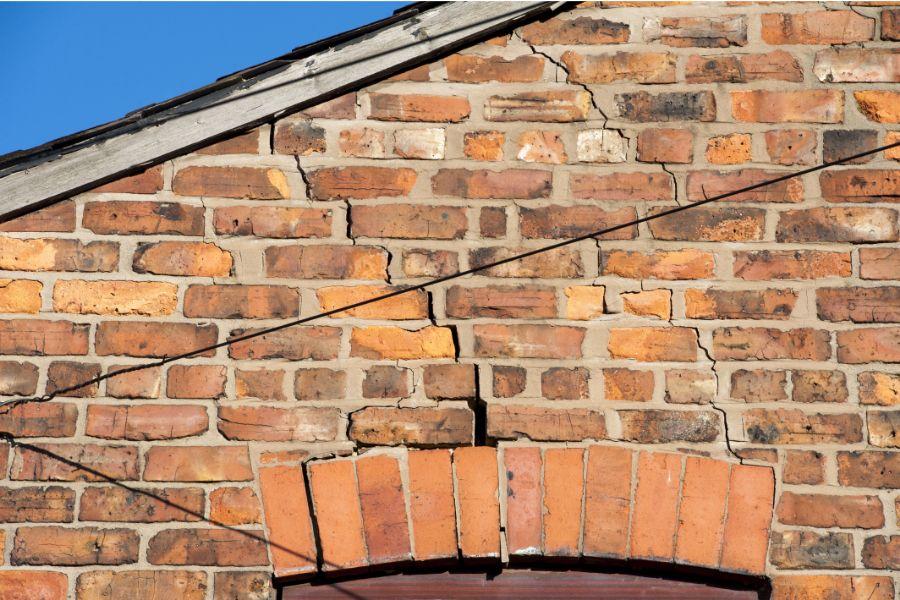Navigating the world of property leases can often feel like a labyrinth, especially when the lease term comes to an end. A dilapidations survey is a key process that helps both landlords and tenants clarify their responsibilities regarding the condition of leased property. Whether you’re a tenant preparing to leave or a landlord ensuring your property is returned in good condition, understanding dilapidated surveys is vital for avoiding disputes and safeguarding investments.
This guide explores the importance of a dilapidation survey, its process, and the financial implications, along with relevant data to provide practical insights.
What is a Dilapidations Survey?
A dilapidations survey evaluates the condition of the leased property to ensure it meets the terms outlined in the lease agreement. This process primarily occurs at the end of a tenancy but can also be conducted at intervals to monitor ongoing compliance.
Key Objectives
- For landlords: Ensures the property is returned in a tenantable condition, protecting its value.
- For tenants: Helps identify and resolve issues before they escalate into costly claims.
Dilapidations often involve repairs, reinstatements, or redecorations to meet lease obligations. Without a professional survey, disputes can arise over the extent and cost of required work.
Why is a Dilapidations Survey Important?
A dilapidations survey is more than just a checklist; it protects both parties’ interests:
For Landlords
- Ensures lease covenants are upheld.
- Reduces the time and cost required to restore the property for the next tenant.
- Provides a legal basis for compensation claims if necessary.
For Tenants
- Identifies potential liabilities before the end of the lease.
- Offers opportunities to resolve issues cost-effectively.
- Minimises the risk of inflated claims or disputes.
The Dilapidations Process Explained
Here’s a step-by-step guide to how a dilapidations survey typically unfolds:
1. Lease Review
The surveyor begins by scrutinising the lease agreement to understand the tenant’s obligations. Common areas of focus include:
- Repairs and maintenance.
- Decoration standards.
- Reinstatement of alterations.
2. Property Inspection
The property is thoroughly inspected to identify breaches of the lease, such as:
- Structural damage.
- Unauthorised alterations.
- Wear and tear beyond acceptable limits.
3. Schedule of Dilapidations
The surveyor produces a schedule of dilapidations, outlining:
- Required remedial works.
- Estimated costs.
- Timeframes for completion.
| Component | Purpose |
| Interim Schedule | Issued during the lease term to identify ongoing issues. |
| Terminal Schedule | Prepared at lease end to highlight final obligations. |
4. Negotiation and Settlement
Tenants can either undertake the remedial works or negotiate a financial settlement with the landlord. Surveyors often mediate to ensure fair outcomes for both parties.
Statistical Overview of Dilapidations Claims
Recent data from the Royal Institution of Chartered Surveyors (RICS) sheds light on the prevalence and nature of dilapidations in the UK:
- 60% of landlords reported issues with lease compliance in 2022.
- 40% of tenants experienced disputes over claim values.
- The average dilapidation claim for commercial properties was approximately £15,000–£20,000, with costs varying significantly based on property size and lease terms.
Common Issues Identified in a Dilapidations Survey
| Issue | Impact on Claim |
| Structural Damage | Major claims arise from neglect of roofing, walls, or floors. |
| Unauthorised Alterations | Costs for reinstating unauthorised changes can be substantial. |
| Maintenance Gaps | Neglecting HVAC systems or plumbing results in higher liabilities. |
| Decorative Wear | Peeling paint or damaged flooring often leads to disputes. |
Tenants can reduce these liabilities by conducting interim inspections and addressing issues promptly.
Case Study: Resolving a Dilapidations Dispute in London
A commercial tenant leasing a 1,500-square-foot office space faced a dilapidations claim of £30,000 upon lease expiry. The landlord cited structural repairs and reinstatement of unauthorised partitions.
By engaging an experienced surveyor, the tenant successfully reduced the claim to £18,000, as evidence showed some items exceeded their lease obligations. This case highlights the importance of professional expertise in navigating dilapidations.
Cost Considerations for Tenants and Landlords
The cost of addressing dilapidations can vary widely. Below is a breakdown of typical costs:
| Type of Work | Estimated Cost Range |
| Basic Repairs (e.g., painting, minor fixes) | £1,000–£3,000 |
| Moderate Repairs (e.g., structural works) | £5,000–£15,000 |
| Extensive Refurbishments | £20,000+ |
While these figures may seem daunting, proactive management and negotiation can significantly reduce liabilities.
How to Prepare for a Dilapidations Survey
- Tenants: Conduct periodic inspections to identify and address issues early. Budget for potential repairs at least 6 months before the lease ends.
- Landlords: Maintain detailed records of the property’s condition before the lease begins, including photographic evidence.
Conclusion
A dilapidations survey is an invaluable tool for landlords and tenants, ensuring a smooth transition at the end of a lease. For landlords, it protects property value and reduces downtime between tenancies. For tenants, it provides clarity on obligations and prevents inflated claims.
Engaging a qualified professional for a thorough dilapidation survey can save both time and money, offering peace of mind to all parties involved.

